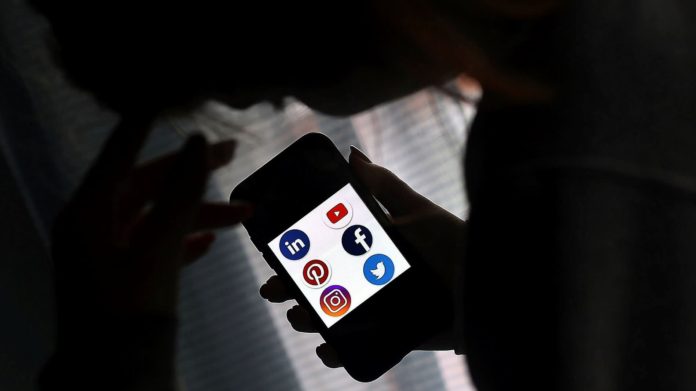
What is social media good for, if not a bit of spying? Companies deploy it for due diligence on applicants, ex-partners check their former loved ones’ profiles, and in what should be a shock to no one, actual spies use it too.
MI5, the UK domestic intelligence agency, this week warned 450,000 civil servants and partners in academia and industry that they were potential targets for agents of hostile states with sham profiles on social media and professional-networking sites. Conservative estimates reckon 10,000 Britons have already been targeted by fake headhunters seeking to connect on LinkedIn and other sites. They are recruiters of a sort, seeking new agents through bribery and blackmail, or to garner useful or damaging information.
It is basic spycraft, and the world’s second-oldest profession has always used the technology of the day and the cloak of legitimacy to advance its interests. Still, it works: MI5’s Centre for the Protection of National Infrastructure admitted a “considerable volume” of those targeted had initially taken the bait. The CPNI asks for caution when connecting with unknown profiles touting tempting business opportunities. Of particular concern are those retired from government but still employed in sensitive industries and privy to classified information who may not be as digitally streetwise as their younger counterparts.
The pandemic may have intensified hostile states’ online efforts: even spies find it hard to travel during lockdowns, and so networking sites provide a cheap and effective way of carrying on the business of espionage.
MI5’s campaign studiously avoided singling out China. This echoes a wider UK reluctance to call out China’s increasingly threatening behaviour as it tries to formulate its post-Brexit future.
The US has been less squeamish. A scandal around China’s misuse of LinkedIn exploded last year after a Singaporean doctoral student, who also happened to be an agent of China, admitted in a US court that he had used a front company on LinkedIn to lure US government and military officials, with some success. Separately, a former CIA officer received a 20-year sentence in 2019 for giving military secrets to the Chinese after an initial LinkedIn approach.
If spies use social media covertly, they are also beginning to deploy it overtly. MI5 found time this week to launch an Instagram account — extraordinary for an agency whose existence was officially a secret until 1989. MI5 is a late social-media adopter. The chief of MI6, the UK’s foreign intelligence service, already has a Twitter account, as does GCHQ, its signals-intelligence counterpart.
This newfound openness is part of a bid to appeal to a broader group of recruits. The traditional route of entering the UK’s intelligence machinery — a tap on the shoulder from one’s professor at Oxbridge — is rightly no longer seen as the most efficient way to recruit the best spooks to face today’s particular threats. The agencies are looking for officers with a larger range of experiences, languages and skills than possessed by the stereotypical London-centric, white, upper-class operative.
This can only be welcomed: all the UK’s secret services need to improve diversity within their ranks. MI6 had to apologise this year for its historic ban on gay employees, who were banned from joining until 1991 but whose discrimination within the agency has lingered. Both moves by MI5 this week speak to the power of social media to attract, to influence and to recruit — the ingredients of spycraft, rebooted for the digital age.








